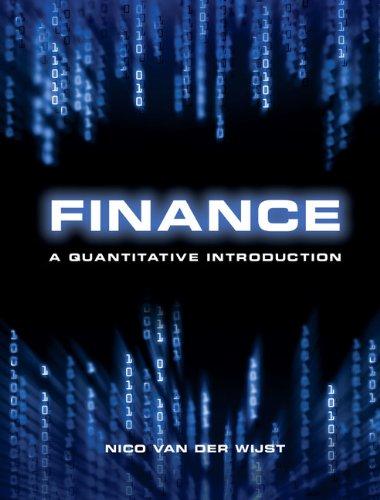
a) Your friend wants you to explain why it is generally better for taxpayers to maximize their after-tax incomes" rather than simply "minimize their current year tax liabilities. Create a simple example to illustrate how minimizing the current year's tax liability does not always result in maximizing after-tax income and walk your friend through each step of your calculation b) What are the four basic variables that can change the structure of a transaction and impact the related tax consequences? Provide your friend with a general description of each variable, and using your own numbers, create a short, simple example to show how each can be used effectively to reduce taxes from the perspective of legal tax planning. Despite the potential tax benefits from pursuing effective tax planning strategies, why must a taxpayer be careful not to ignore the importance of nontax factors? c) Your prior responses have your friend wondering about the primary difference between tax avoidance and tax evasion. Define and provide an example of each, and compare/contrast the typical consequences a taxpayer can expect from the Internal Revenue Service when she engages in either of the behaviors. In your response, identify the legal doctrines that the IRS typically uses to challenge a tax planning strategy. d) Finally, your friend needs you to explain what is meant by an "implicit tax." Define an implicit tax, and illustrate the concept by showing your friend how a taxpayer's marginal tax rate will determine whether s/he should invest $10,000 in a fully taxable corporate bond generating pretax interest of 8%, or a municipal bond generating pretax interest of 6%. At what marginal tax rate will an investor be indifferent between the two options? a) Your friend wants you to explain why it is generally better for taxpayers to maximize their after-tax incomes" rather than simply "minimize their current year tax liabilities. Create a simple example to illustrate how minimizing the current year's tax liability does not always result in maximizing after-tax income and walk your friend through each step of your calculation b) What are the four basic variables that can change the structure of a transaction and impact the related tax consequences? Provide your friend with a general description of each variable, and using your own numbers, create a short, simple example to show how each can be used effectively to reduce taxes from the perspective of legal tax planning. Despite the potential tax benefits from pursuing effective tax planning strategies, why must a taxpayer be careful not to ignore the importance of nontax factors? c) Your prior responses have your friend wondering about the primary difference between tax avoidance and tax evasion. Define and provide an example of each, and compare/contrast the typical consequences a taxpayer can expect from the Internal Revenue Service when she engages in either of the behaviors. In your response, identify the legal doctrines that the IRS typically uses to challenge a tax planning strategy. d) Finally, your friend needs you to explain what is meant by an "implicit tax." Define an implicit tax, and illustrate the concept by showing your friend how a taxpayer's marginal tax rate will determine whether s/he should invest $10,000 in a fully taxable corporate bond generating pretax interest of 8%, or a municipal bond generating pretax interest of 6%. At what marginal tax rate will an investor be indifferent between the two options







